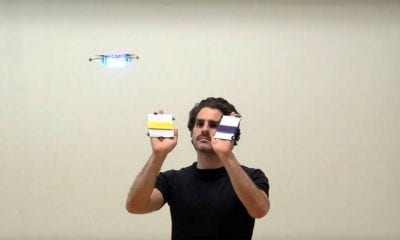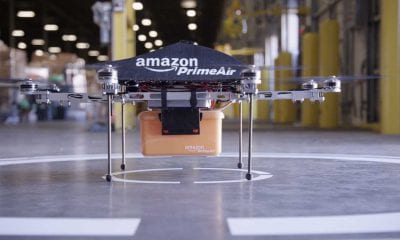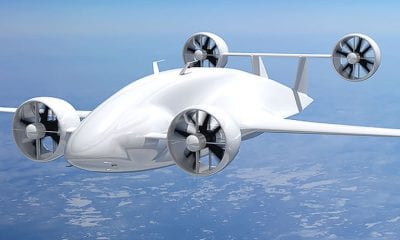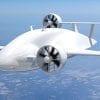
News
A Review of Social Drones – Autonomous Flyers in Inhabited Environments
Findings of a unique study about Human Drone Interaction (HDI) were presented at the CHI ’19: ACM CHI Conference on ‘Human Factors in Computing Systems Session: Drones’ by researchers Mehmet Aydin Baytas, Damla Çay, Yuchong Zhang, Mohammad Obaid, Asim Evren Yantaç and Morten Fjeld.

Analysis of the literature reveals high-level categories that describe the design space for social drones.
With drone use becoming more and more common in daily lives they are no longer restricted to just a remote human operator and/or an uninhabited environment but are increasingly becoming what one might term ‘social drones’- where autonomous flyers operate in close proximity to human users or bystanders and this is where human-centred design concerns arise. In this paper researchers consolidate the current state of the art in human-centred design knowledge about social drones through a review of relevant studies.
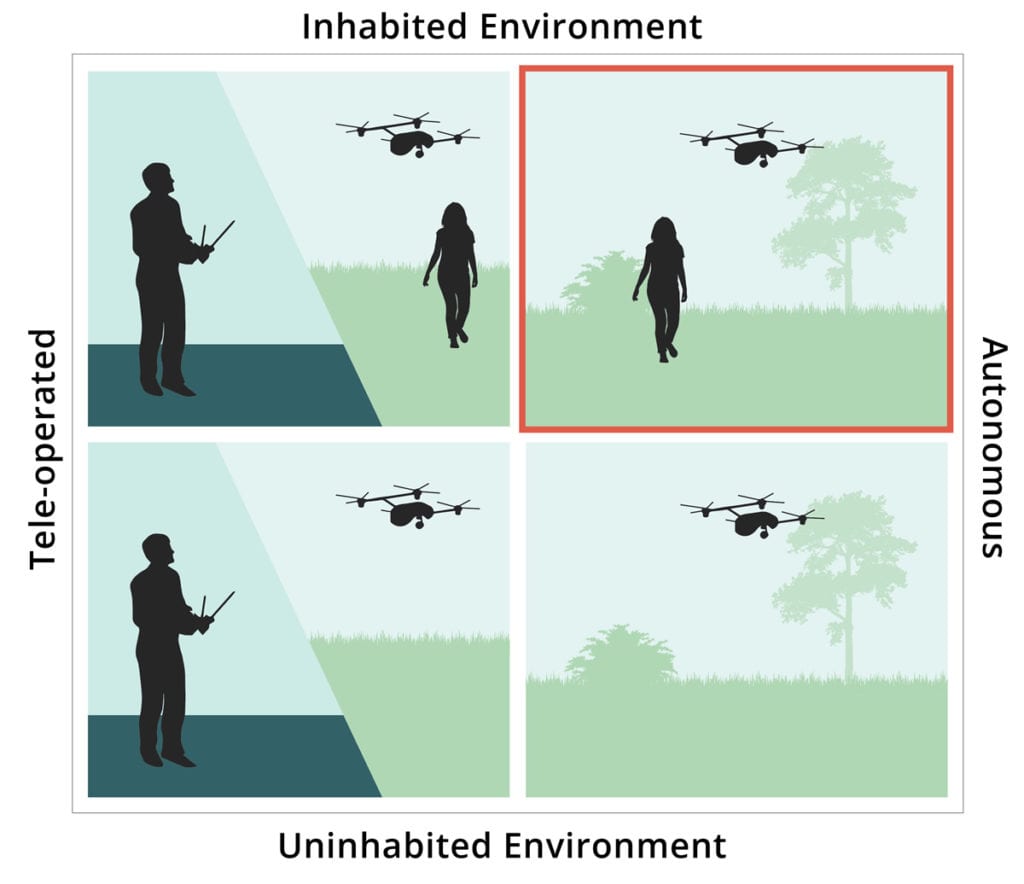
The term social drones to describe applications where an autonomous drone operates in an environment inhabited by human users or bystanders, as depicted on the top right quadrant.
The analysis identified three high-level themes that sketch out knowledge clusters in the literature, and twelve design concerns which unravel how various dimensions of drone aesthetics and behaviour relate to pertinent human responses. Subsequently researchers provide a consolidated account of design knowledge resulting from their research, highlighting collectively salient findings and suggesting directions for future work.
In the process of producing this paper the research team also created an open online repository of design knowledge on social drones, comprising prospectuses that summarize a corpus of research papers, as well as consolidated and comparative representations of design knowledge on the topic.
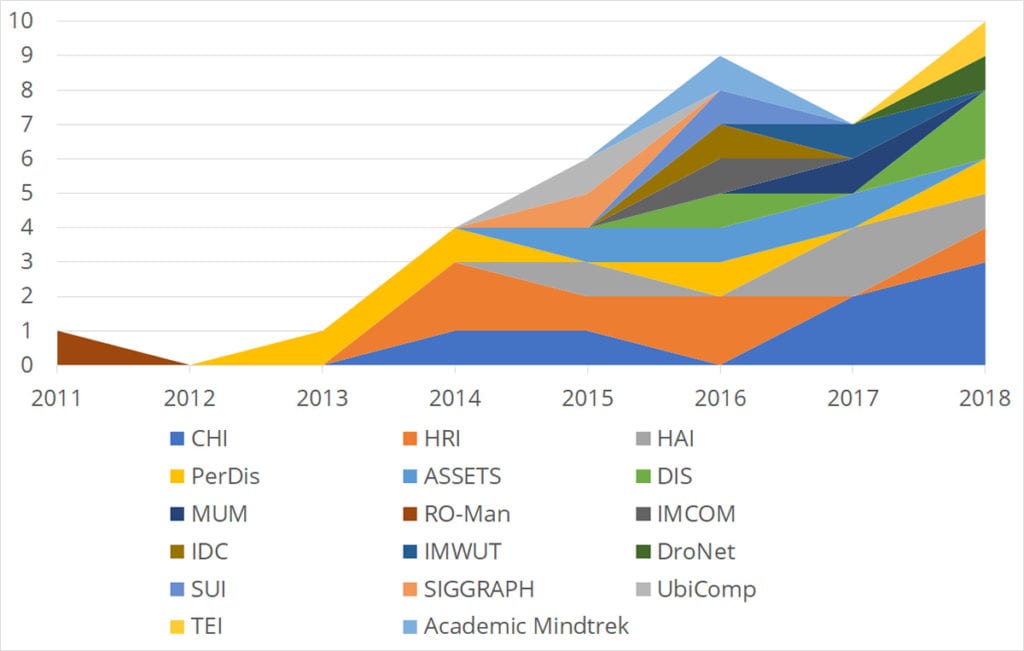
The research agenda of social drones has been on the rise in recent years: the chart depicts the numbers of papers in the researcher’s corpus for each year, and where they have been published.
Communication, Control, and Comfort- This cluster of research deals with interaction and user experience focused on questions around intuitive high-level input, i.e. issuing commands to control drone behaviour; intuitive output, i.e. drones communicating their intentions and internal state to humans; and on revealing design parameters that affect human comfort and trust.The other key issues in focus were:
Application– Are people willing to accept, acquire, and/or use a drone or drones, as designed, for the purpose under investigation? Do people feel psychologically comfortable and safe in interacting with the drone(s) or simply co-habiting the same environment?
Ergonomics– Are people physically comfortable interacting with the drone(s)? Ergonomics in the context of interactive drones has been most relevant for gesture-based control schemes, drone based tangibles, and in cases where users are supposed to direct their attention or whole body to follow a drone.
Perceived Social Role -What kinds of existing conventions—e.g. privileges, responsibilities, expectations—around social roles assigned to living beings are relevant for drone behaviour?
Intuitive Control-To what degree are people able to intuitively control the drone via the interaction design under investigation, without extensive documentation or explanation? What kinds of interaction designs would be conducive to such intuitive control?
Tactility Perception-To what degree do people perceive the drone design under investigation as something they can touch, hold, and manually manipulate?
Intuitive Comprehension-To what degree are people able to interpret intentions or messages that the drone is trying to convey via the interaction design under investigation, without extensive documentation or explanation?
Discussion and conclusion -In principle, the aim of this paper is to provide a springboard for future design research and practice on social drones. Researchers suggest that explicit reporting on how safety measures and liability protection are implemented in studies with co-located drones can serve the community and must continue.
In conclusion, motivated by recent trends in research and commerce around social drones, this paper contributes a consolidation of existing human-centred design knowledge on the subject. Based on current trends interest and knowledge in this domain is expected to grow rapidly in the future.

